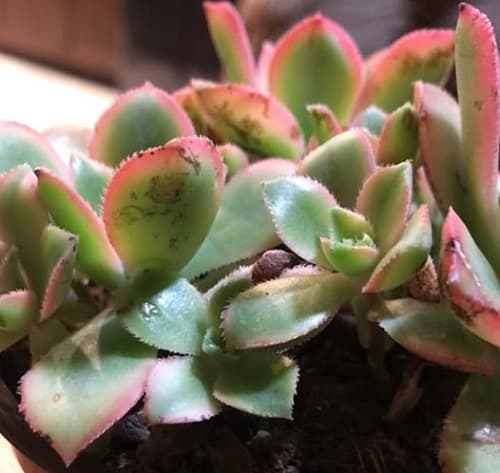Succulent Spot Alert: What Those Spots Really Mean
Brown spots on your beloved succulent can be quite worrisome. Don’t panic just yet, though! These little brown stains are like alarm bells, telling us that our succulent needs a little extra care and attention. In this article, we’ll dive into the reasons behind these spots and, more importantly, we’ll arm you with the knowledge to prevent them from happening in the first place. So, let’s get started and unlock the secrets of succulent spot prevention!
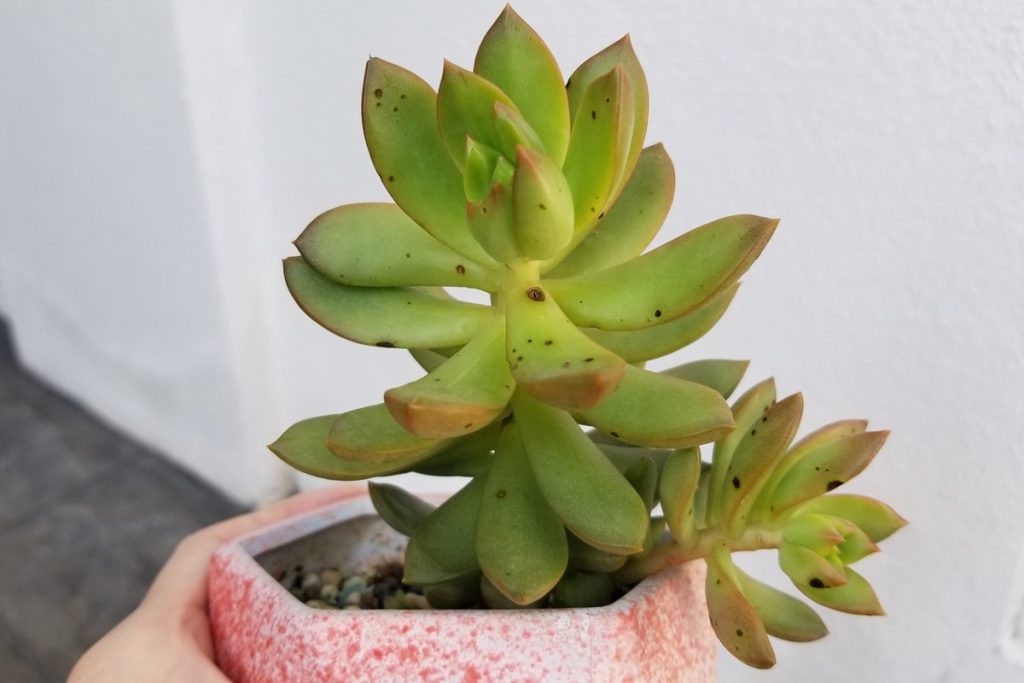
Contents
Why Does My Succulent Have Spots?
1. Excess Water – Edema
Succulents are amazing plants that store water in their leaves, which helps them survive in different climates. But here’s the thing: when you give them too much water, it can actually cause problems. If you water your succulent too often and the soil is always wet, the leaves can accumulate too much liquid, resulting in those dreaded brown spots.
This liquid buildup, known as edema, happens to succulents and even to humans. But for our plant friends, it’s a sign that something is not right. It could mean that the plant is starting to rot, which means you’ll have to hold off on watering for a while or even change the soil if it’s not suitable.
2. Dissolved Salts and Chemicals
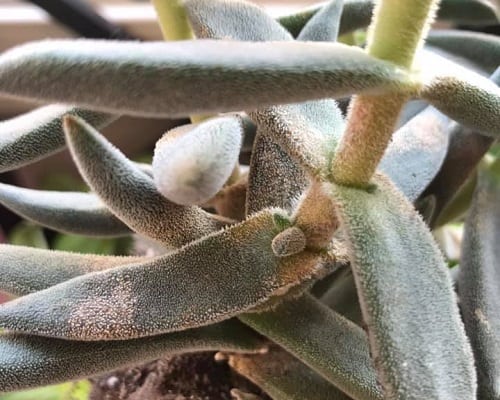
Succulents are a bit picky when it comes to fertilizer. They don’t need much, and if you give them too much, it can cause trouble. When you overfertilize a succulent, the salts and chemicals in the fertilizer can saturate the soil. As the plant takes up this excess salt, it can burn the roots, stems, and even make its way to the leaves, resulting in those pesky brown spots.
3. Fungi
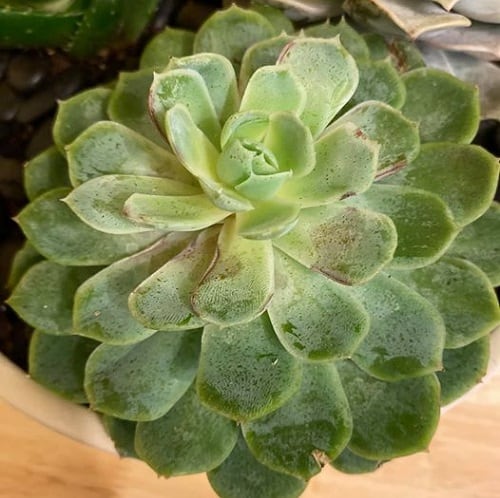
Succulents can also fall victim to pesky fungi that invade their leaves and cause spots. These fungi love moisture, so they tend to thrive in humid areas. Once they invade a succulent, they start forming brown spots on the leaves that grow bigger over time. Unfortunately, there’s not much you can do once the fungus has taken hold. Your best bet is to cut out the affected area and place the succulent in an area with good ventilation and less humidity.
4. Sunburn
Brown spots on succulents can also be caused by sunburn, similar to how our skin can be affected by excessive exposure to the sun. When succulents receive too much direct sunlight, especially during hot summer months, their leaves can become scorched and develop brown spots.
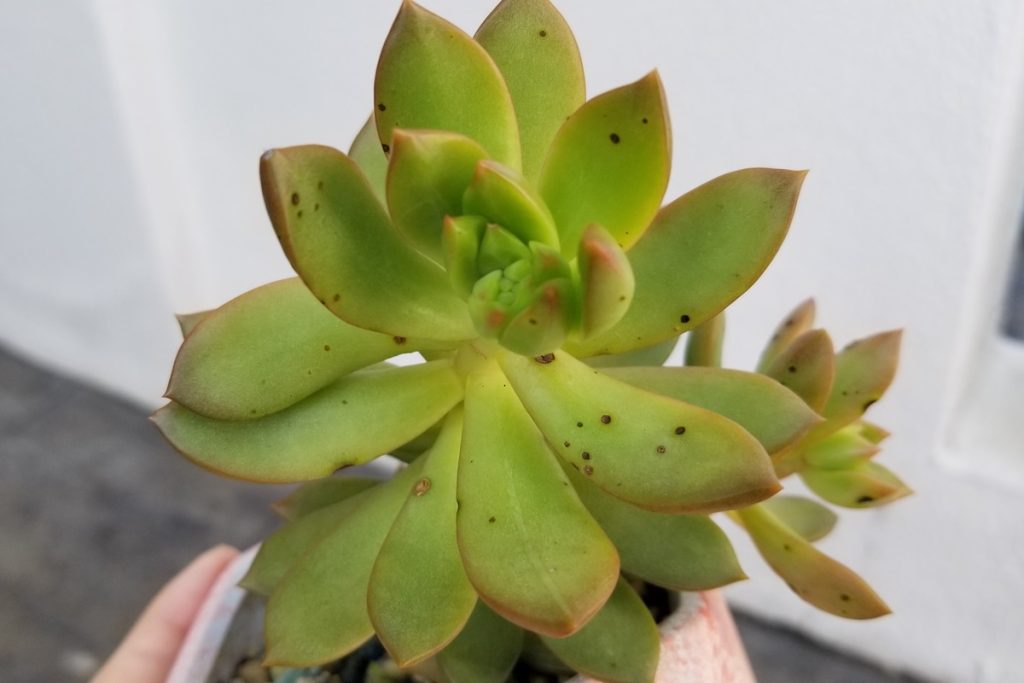
To prevent sunburn, it is important to acclimate your succulents gradually to increased sunlight by placing them in an area with indirect or filtered sunlight initially and gradually moving them to a brighter location over time. If you notice signs of sunburn such as brown spots on the leaves, simply move the succulent to a partially shaded area to allow it time to heal.
How to Prevent Spots on Succulents?
Now that we know what causes those brown spots, let’s talk about how to prevent them. It’s actually quite simple!
First, make sure your succulent is planted in a suitable soil mix. You want a soil that doesn’t hold on to water and dries out between waterings. A soil mix with larger particles that allow for good drainage is ideal. If your succulent is in a pot, make sure it has drainage holes to let excess water escape.
When it’s time to water, give your succulent a good soak. Water it until the excess water flows out of the drainage holes. This not only ensures proper watering but also helps to flush out any excess salts that may be causing harm to the leaves.
Lastly, find a nice spot for your succulent with indirect sunlight and good air circulation. This will prevent moisture from building up and reduce the chances of fungi appearing.
If you do spot any signs of fungi, act quickly! Prune the affected areas and keep the affected succulent separate from the others to prevent the spread. And don’t forget to follow the prevention tips mentioned above to keep those pesky fungi away.
In severe cases, you can try using a commercial fungicide, but it’s often better to focus on prevention rather than treatment.
